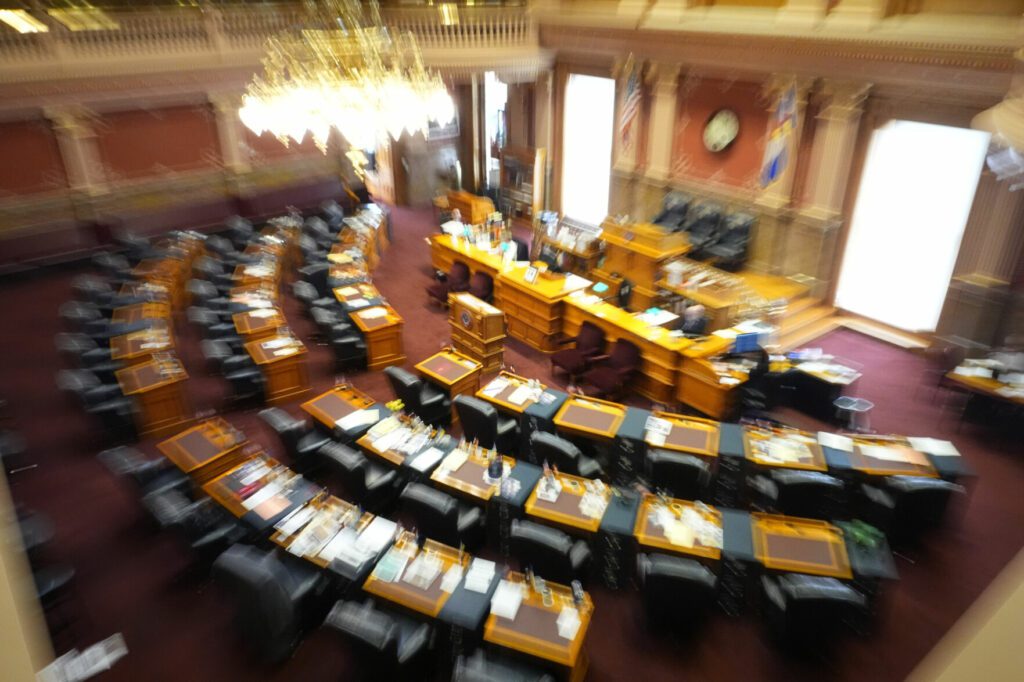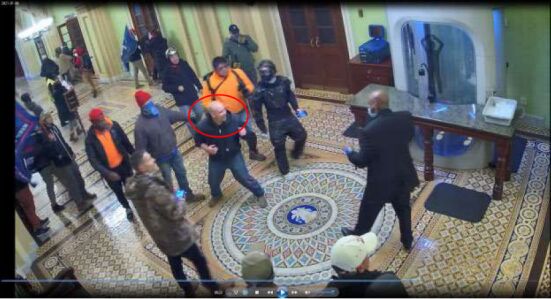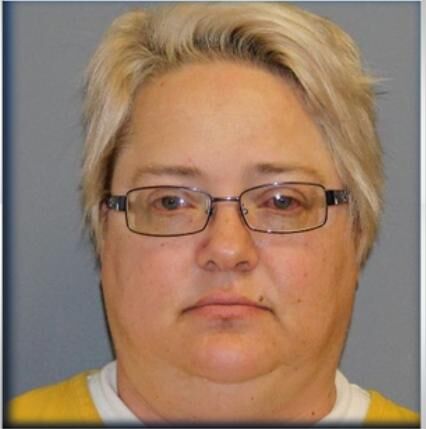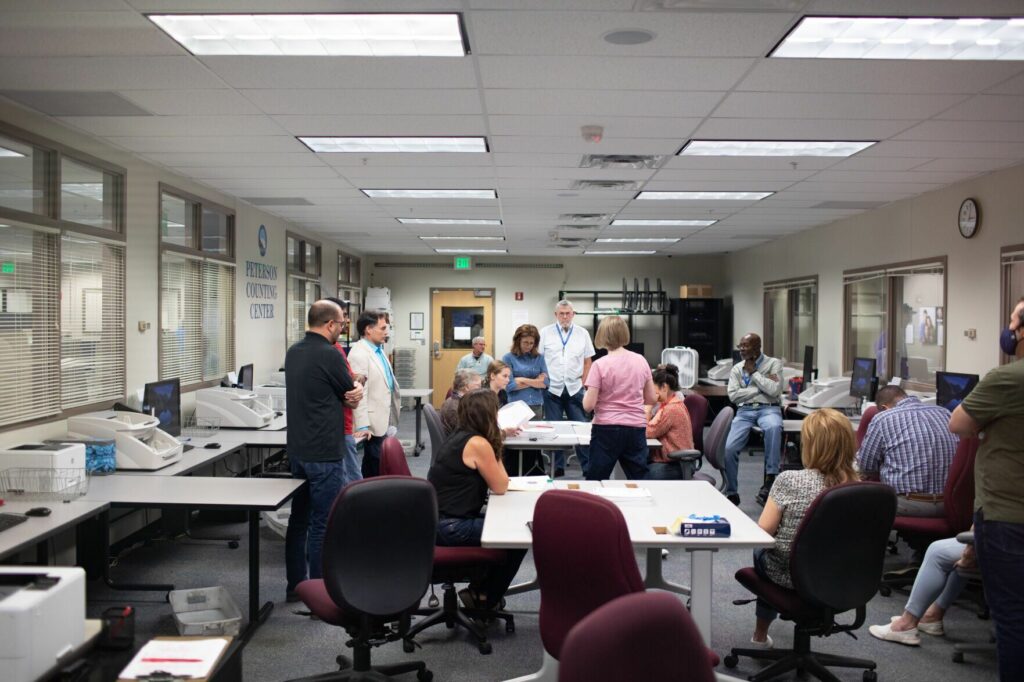TRAIL MIX | That’s the way the crystal ball bounces

It’s the time of year when many columnists turn to predictions.
Partly, that’s because the news slows down for a couple weeks and people tend to be harder to get ahold of. This year, of course, the news forgot to take a pause and, while the holidays are still distracting, most folks are sticking close to home, a phone call or a Zoom invite away.
Still, the calm before the new calendar goes up on the wall is as good a time as any to look back and look ahead.
Prognosticators in these pages a year ago didn’t do so hot, though who can blame them? No one could have predicted the perfect storm of calamities and challenges 2020 turned out to contain – a global pandemic, an economic crisis and social unrest all at once, with a contentious election tossed in.
A panel of consultants assembled by pollster Floyd Ciruli at the University of Denver’s Crossley Center and a passel of policy wonks and assorted politicos we assembled to ring in 2020 mostly kept their forecasts fairly generic – Coloradans would argue about TABOR! The legislature would grapple with budget issues! – but the few who got specific had a mixed record.
A year ago, for instance, it was possible to go out on a limb and predict Michael Bennet could go on to win the Democratic presidential nomination (didn’t happen) or that Cory Gardner could shock us all by dropping his bid for a second term (ditto) because of the heat generated by President Trump’s impeachment scandal (not this year).
Some predictions turned out spot-on: John Hickenlooper would break more of a sweat getting past Andrew Romanoff in the Democrats’ U.S. Senate primary than he would beating Gardner (debatable, but we’ll allow it), and lots of Coloradans will put on some weight after In-N-Out opens locations in the state (while the causal relation is unclear, both wound up being accurate).
After seeing what happened last time, we decided not to ask for predictions heading into the new year. But there are a few safe assumptions peering ahead to the next general election.
At this point, barring major surprises, one side of Colorado’s 2022 ballot could already be mostly set, while the other side is completely up for grabs. That’s what happens when Democrats hold all the major offices and none are yet term-limited.
There’s a good chance voters will be considering Michael Bennet for the U.S. Senate, Jared Polis for governor, Phil Weiser for attorney general, Jena Griswold for secretary of state and Dave Young for state treasurer. No serious Republican candidates have announced for any of those offices yet, and it’s possible some might draw primary challengers before the GOP field emerges.
The big unknown for 2022 involves Colorado’s additional congressional district, which is nearly a certainty, according to Census Bureau figures released this week that show population estimates as of July 1. (Other states that will likely gain one or more seats are Arizona, Florida, Montana, North Carolina, Oregon and Texas, while states on track to lose one or more seats are California, Illinois, Michigan, Minnesota, New York, Ohio, Pennsylvania, Rhode Island and West Virginia.)
Compounding the uncertainty: This will be the inaugural round of redistricting and reapportionment – redrawing congressional and legislative boundaries, respectively – accomplished by voter-approved independent commissions, which are at this point being assembled and aren’t supposed to be bound by the partisan and raw political considerations that influenced district lines in decades past, theoretically at least.
Until those lines are finalized next fall, dozens of political trajectories could be on hold, and the best fortune-tellers in the business will only be guessing.
The picture will become clearer after the Jan. 5 runoff elections in Georgia, which will determine whether Democrats take the gavel in the Senate – and, with it, complete control of the White House and Congress, and what will amount to full responsibility in the eyes of voters.
If that happens, the chances Democrats will face a midterm backlash increase significantly, possibly pushing some potential Republican candidates off the fence and into full-blown campaign mode.
As far as crystal balls went, most pollsters came remarkably close to predicting the results in Colorado’s top-ticket races between Hickenlooper and Gardner, and Trump and Joe Biden, unlike in other states where polls missed the mark, sometimes widely.
It’s one thing to predict the outcome weeks or even a couple months before ballots are counted – and kudos to the pollsters who did – but it’s another thing entirely to get it right almost two years before the election, before there’s a full slate of candidates.
But that’s what a poll conducted Jan. 2-5, 2019, did – coming as close as any to predicting the ultimate results in Colorado’s presidential and U.S. Senate races.
Conducted using live callers by DFM Research out of St. Paul, Minn., for the leading railroad union, the poll showed Trump losing in Colorado to a Democratic candidate by 14 points – he lost to Biden by 13.5 points – and showed Gardner losing to a Democratic candidate by 8 points, just shy of the 9-point loss he suffered to Hickenlooper. The margin of error was plus-or-minus 4.2 percentage points.
The poll, commissioned by SMART Transportation Division’s Colorado State Legislative Board, asked 550 Colorado residents over age 18 a few questions about major political figures and the 2020 election – and a lot of questions about railroads.
It’s the poll several other Democrats running Colorado’s Senate primary kept referring to when they maintained that a generic Democrat would beat Gardner, arguing that the party should nominate someone more progressive than Hickenlooper.
Trail Mix called Dean Mitchell, the pollster, to find out how he saw so clearly into Colorado’s electoral future.
Reminded that he had come within a point of pegging both of Colorado’s major races, Mitchell chuckled and said it was sure some coincidence but waved off any suggestion he’d somehow foreseen Biden’s and Hickenlooper’s winning margins in the state.
“I wouldn’t read too much into it except you could say that two years ago, the Colorado Senate race was kind of set,” he said, still chuckling.
“Especially now that we know how the story ended, it did show that Coloradans two years ago, when people were not thinking about politics, said they were ready for something different.”
Any poll is a snapshot of public opinion at the time it’s taken, Mitchell noted, pointing out that the question is always phrased, Suppose the election were held today …
The poll also found that Coloradans supported requiring a minimum of two people on a train crew, with 77% backing the safety measure and just 15% opposing it.
Railroads, mindful that technology is moving faster than most anyone realizes toward driverless trucks, want to have the option of reducing the crew to just one person or even zero, so the railroad union is backing state and federal legislation to require two-person crews. Recent rail disasters that could have been prevented if trains had more than a single crew member help bolster the case, the union has found.
“When the duties of each crew member were spelled out, poll respondents recognized that running a freight train with a single crew member was a safety risk they would not want to be taken, even with enhancements in rail technology,” said Carl Smith, director of the SMART TD Colorado State Legislative Board, in a statement.
While federal legislation has yet to make it to a vote in the GOP-controlled U.S. Senate – it’s passed the Democratic-controlled House – Colorado lawmakers passed a bill with the two-person crew requirement last year on straight party-line votes, with Democrats supporting it, and it was signed into law by Gov. Jared Polis.













